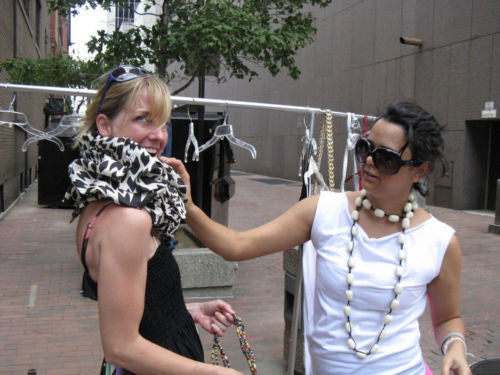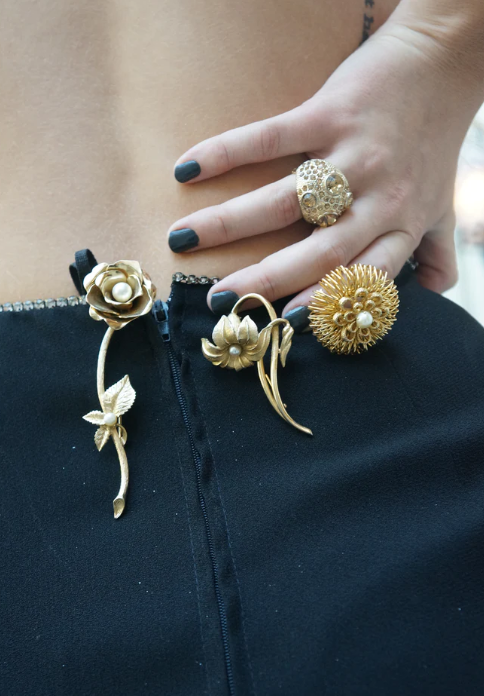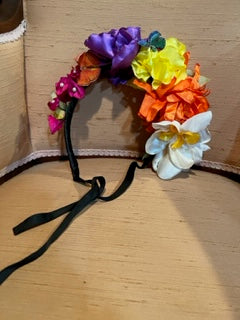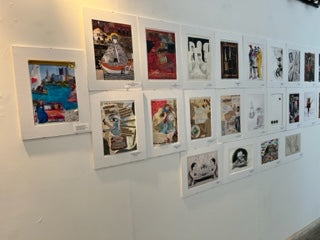talkingfashion

Giorgio Armani: A Legacy of Enduring Style
Today, the fashion world mourns the passing of a true titan, Giorgio Armani. His influence on personal style and the industry as a whole is immeasurable, and his legacy will...
Giorgio Armani: A Legacy of Enduring Style
Today, the fashion world mourns the passing of a true titan, Giorgio Armani. His influence on personal style and the industry as a whole is immeasurable, and his legacy will...

The Blossoming History of Floral Motifs in Fash...
Flowers, with their delicate beauty and vibrant colors, have long captivated the human imagination. Their natural allure transcends time and culture, making floral motifs an enduring favorite in the world...
The Blossoming History of Floral Motifs in Fash...
Flowers, with their delicate beauty and vibrant colors, have long captivated the human imagination. Their natural allure transcends time and culture, making floral motifs an enduring favorite in the world...

Blossoming Beauty: The History and Influence of...
During my memorable trip to Cuba, I was captivated by the vibrant and colorful headpieces adorned with flowers that I saw on many people. These stunning, three-dimensional accessories not only...
Blossoming Beauty: The History and Influence of...
During my memorable trip to Cuba, I was captivated by the vibrant and colorful headpieces adorned with flowers that I saw on many people. These stunning, three-dimensional accessories not only...

Embracing Diversity and Creativity: Lessons fro...
Thanks to the "Letters from Cuba" project, I had the amazing opportunity to travel to Cuba and meet local artists from various disciplines, each one showcasing their incredible talent and...
Embracing Diversity and Creativity: Lessons fro...
Thanks to the "Letters from Cuba" project, I had the amazing opportunity to travel to Cuba and meet local artists from various disciplines, each one showcasing their incredible talent and...

Unraveling the Cuba-Africa Connection: A Journe...
As the rain fell softly upon the vibrant streets of Havana, I stood there, mesmerized. Even though the sky was gray and the ocean roared, splashing over the Malecón...
Unraveling the Cuba-Africa Connection: A Journe...
As the rain fell softly upon the vibrant streets of Havana, I stood there, mesmerized. Even though the sky was gray and the ocean roared, splashing over the Malecón...
